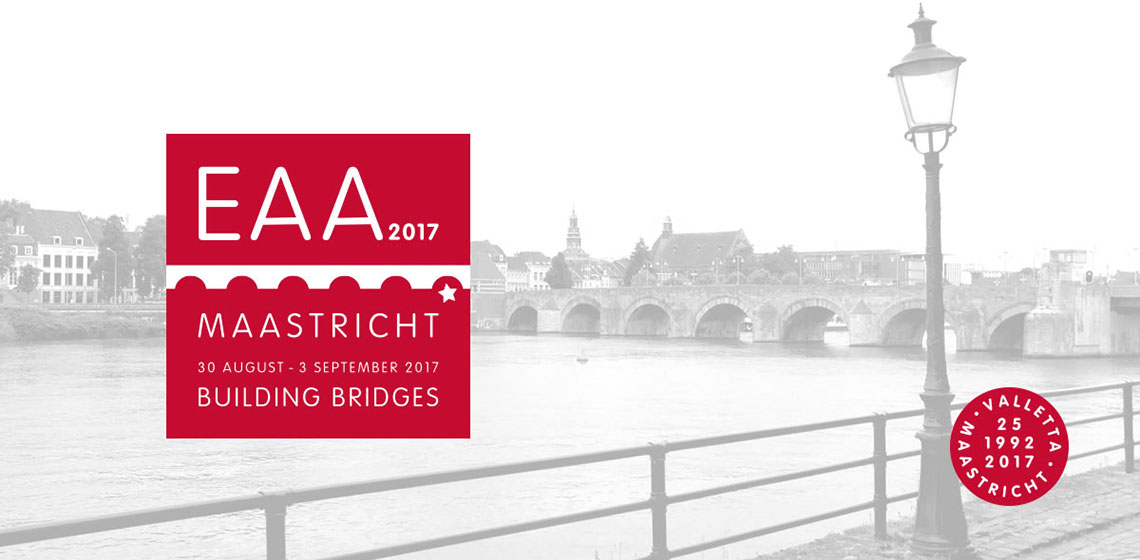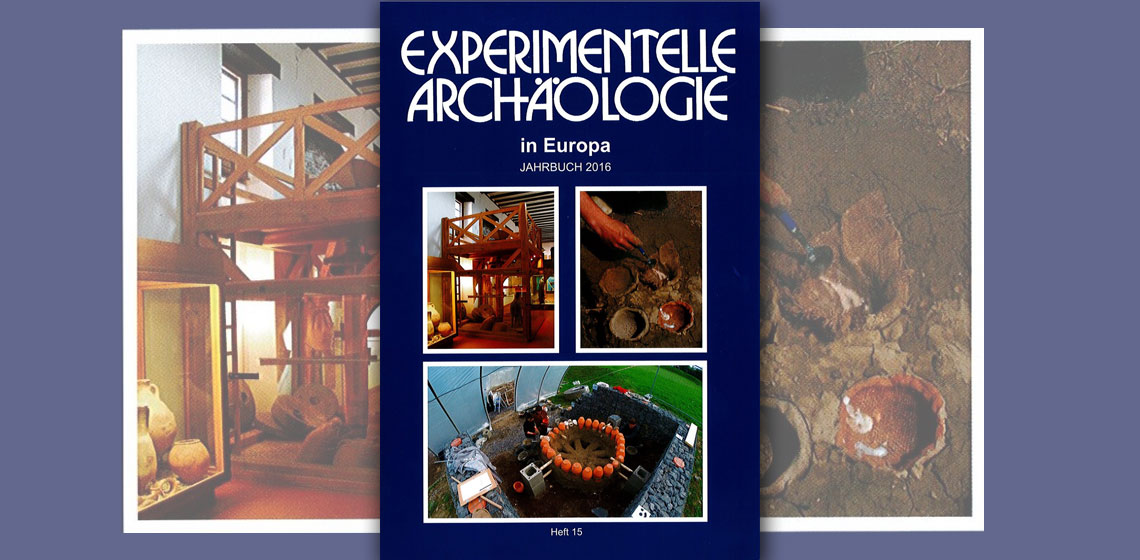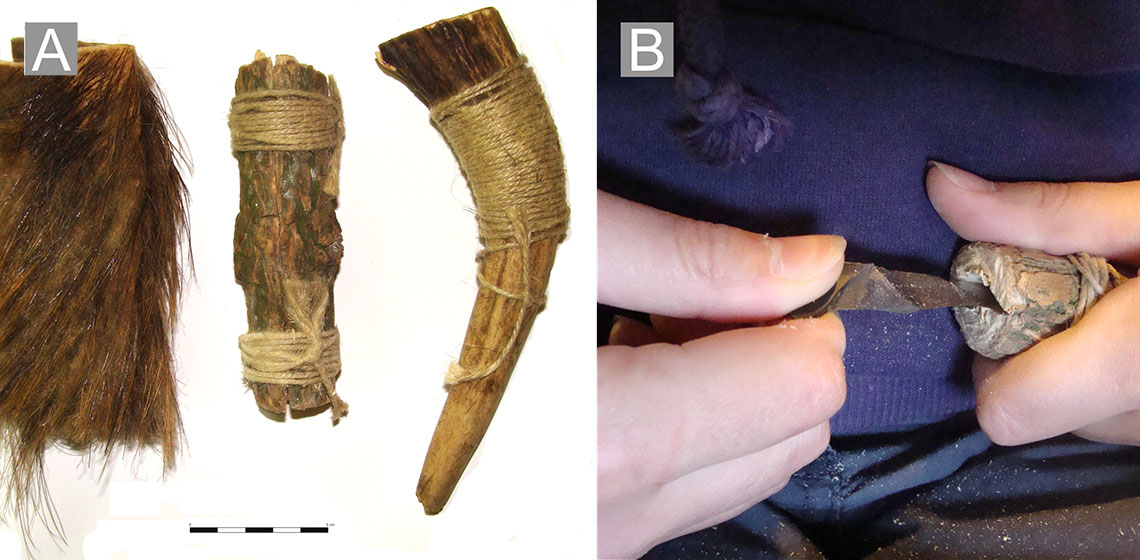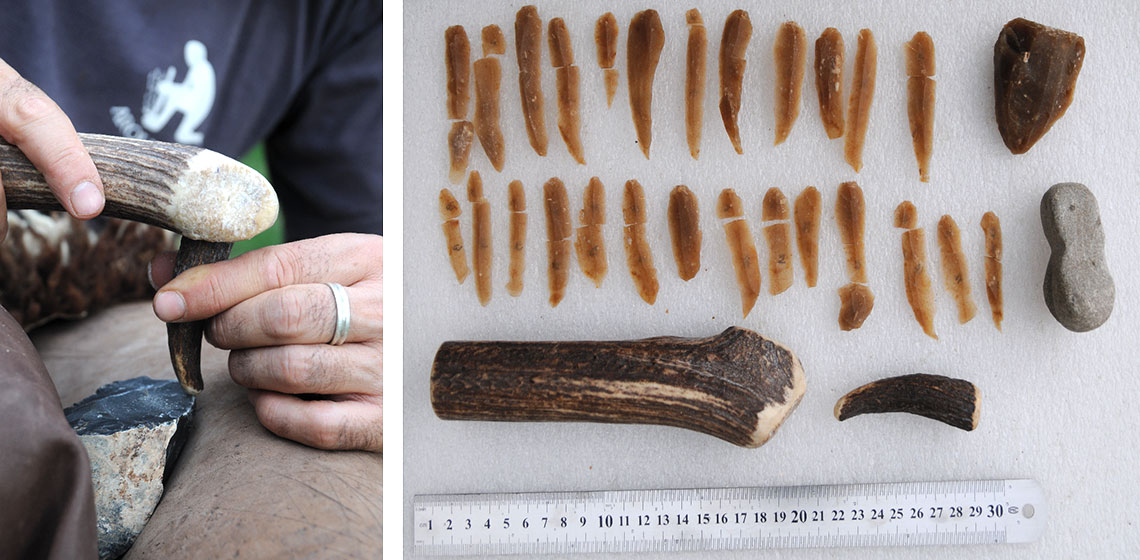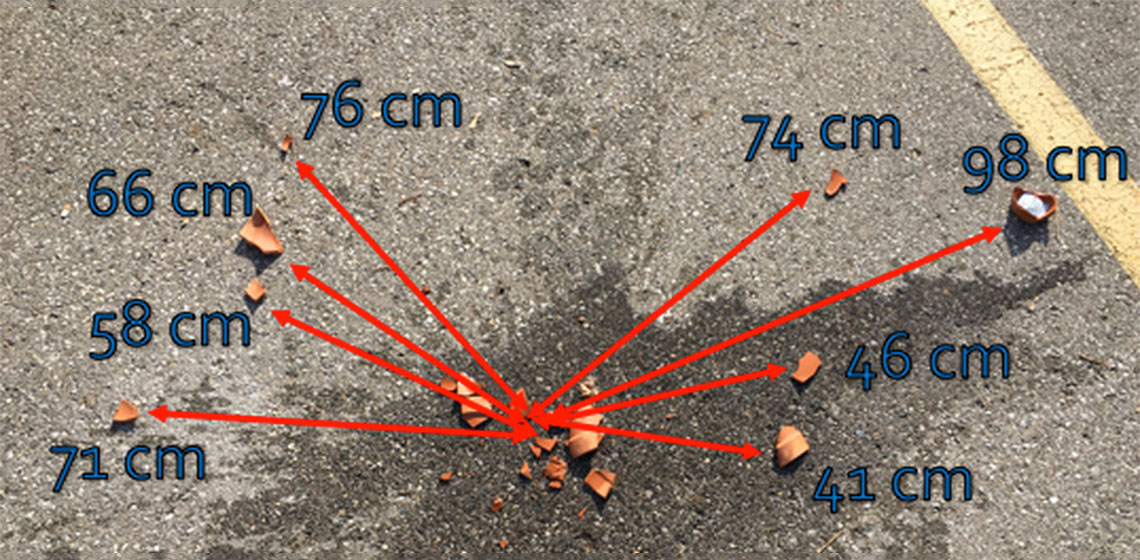Neolithic
Birte Meller MA
Giving lectures about Experimental Archaeology at the University of Hamburg since 2004, also in charge of the annual Experimental Archaeology Summer camp at the Stone Age Village of Albersdorf, Germany (AÖZA). Own Experiments on Neolithic Housing, ceramics, woodwork and textiles.
Book Review: Experimentelle Archäologie in Europa, Jahrbuch 2016
***The periodical "Experimentelle Archäologie" is issued by Gunter Schöbel and the "Europäische Vereinigung zur Förderung der experimentellen Archäologie", together with Pfahlbaumuseum Unteruhldingen from Germany. Issue no. 15 includes 223 pages of text, with numerous colour photographs...
Twenty Years with Flint. The Society for Experimental Prehistoric Archaeology – Where are We Now?
Conference Review: This Time for Africa: African Conference on Experimental Archaeology (ACE) 2018
Prologue
Toronto, 2012: There is a session on experimental archaeology at the Society for Africanist Archaeologists’ biannual conference. While waiting to upload our presentations to the conference laptop, my colleague and I pass the time chatting. “I am sure we could fill a whole conference on experimental archaeology in Africa,” my colleague says. I nod, say that someone will probably initiate such a conference soon and turn to tell the student volunteer where to find my presentation on the USB stick.
Steinzeitdorf Kussow (DE)
The Stone Age Village at Kussow exists of several huts and houses with North German excavations of the late Mesolithic and early Neolithic period as source.
There is a model of a long grave, a garden with old types of plants as well as an area with old breeds of animals. Finally, there is an exhibition of copies of Mesolithic and Neolithic tools. The museum runs a program of experimental and experiential archaeology combined with living history. Tourists can do activities such as weaving, pottery, shooting bow and arrow as well as shooting with the atlatl.
School programmes start with a video and a tour through the Stone Age village, following by aforementioned activities.
Research, Experimentation and Outreach in the Early Neolithic Site of La Draga (Banyoles-Spain)
Sherd Shatter Patterns Experiment
Experimental Archaeology at the AAA Conference in Australia
The AAA Conference 2017 takes place 6-8 December in Melbourne, Victoria, Australia. There will be two sessions on experimental archaeology at the Australian Archaeological Association (AAA) 2017 Conference as well as a pre-conference workshop day.
